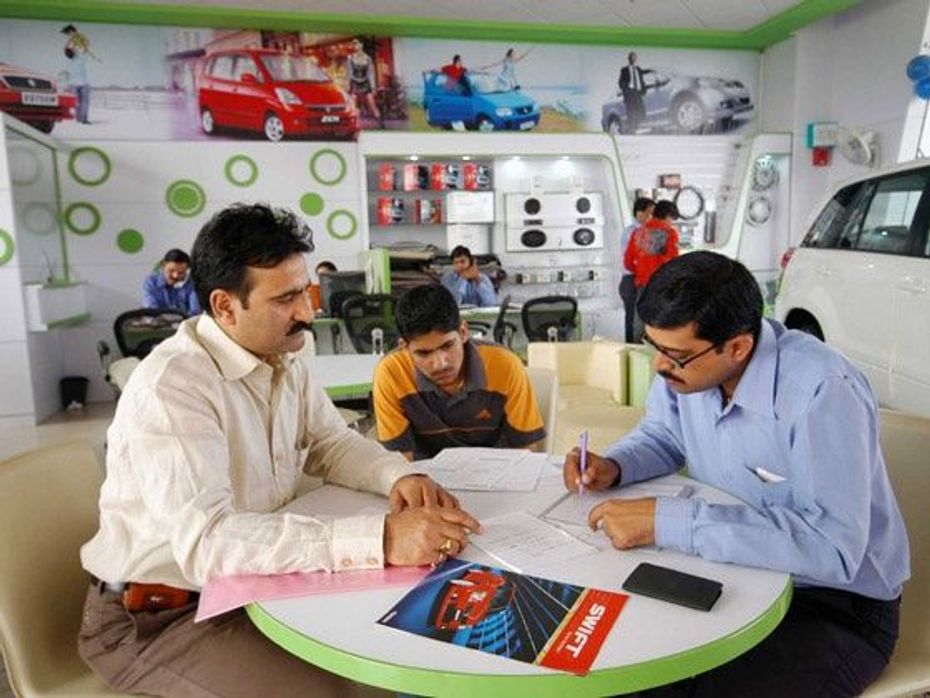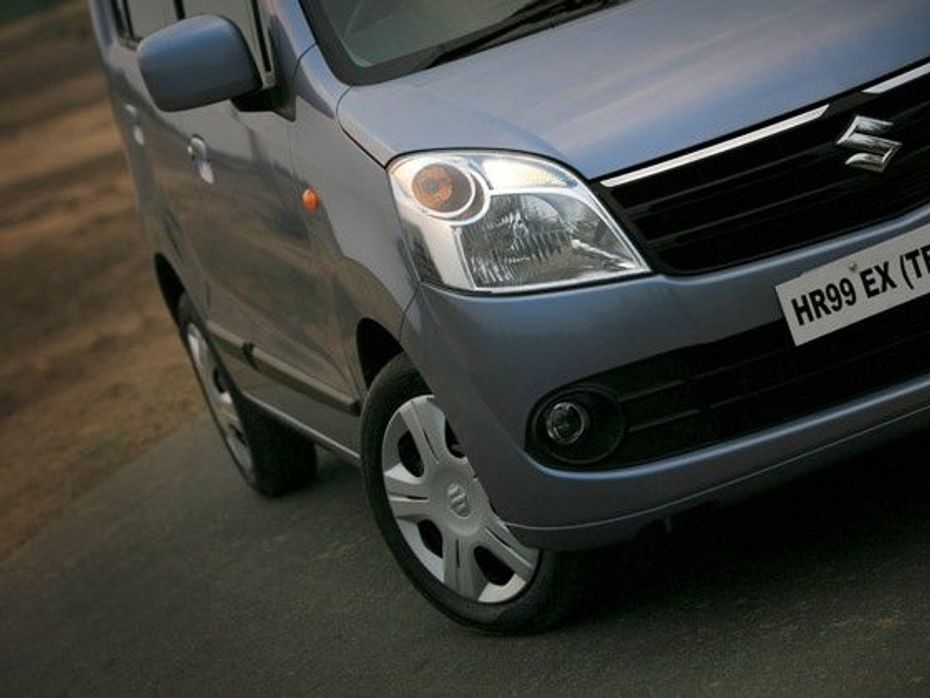
3 New Major Design Details Mahindra XUV 3XO Will Pack Over...
- Apr 12, 2024
- Views : 9891


Step1: Fix your budget:
The first step to buying a used car is to fix your budget. Figure out exactly how much you are willing to spend on the car and also plan for a budget in terms of immediate repairs or upgrades that you will require such as new tyres. Once you have your budget in place, then set out to check out the market and see what is on offer.
Step 2: Survey the Market:
When looking for a used car, it’s a good idea to survey the market first. Check on what you can get maximum bang for your buck. Buying a used car means you can afford a big car at the price of a new small car. It’s important not to get too carried away; however you will at least have an idea of what you can afford within your set budget. There are company owned used car outlets such as First Choice and True Value, which are a good starting point. You can then check with smaller used car dealers as well as private owners who are looking at selling their car through the classifieds. Another great option is to get online and visit sites such as www.zigwheels.com to see what they have on offer. This survey will help you figure out what is in the market as well as the going rate on various cars that you might be interested in.
Step 3: Finding the right used car
Narrow down on a car that suits your needs. This is the holy grail of car shopping for the choices are plenty. Remember that if you choose a big car, it might come cheap to buy, but ownership will involve costs that are associated with big cars. You might already be having in mind the car you want to buy but it is always a good idea to stop and rethink about the pros and cons of the car you are about to spend on. While buying a used car it’s also a good idea to stretch your horizons. For e.g.: if you are looking for a Hyundai Santro, you can also look at the Maruti Zen, or the Wagon R. These were built for the same market but you can find them at lower prices.

Step 4: Research your prospective used car
A very important step in getting a good used car deal is to get the history report of the car. Check service history of the car and also try and have a word with the owner of the car. It is also a good idea to take along a reliable mechanic to check the car out. Items that you should definitely look for are any signs of a major accident ( usually a keen eye can spot major paint work done on a vehicle), unusual wear and tear on tyres and suspension bushings and at this point it would be a good idea to take the car out for a drive and listen for any unusual sounds.
Another element to look out for in a car is the paperwork. Make sure the vehicle’s papers are complete and up to date. This will be helpful when transferring the car to your name and you do not want to get stuck with a car that cannot be registered in your name. Only if you are completely satisfied with the car should you continue pursuing it.
Step 5: Test driving a used car
As earlier mentioned, a test drive is a must. There is a lot you can learn about a vehicle by taking it for a drive. Make sure you simulate your normal driving pattern and take the car to roads and areas that you will normally be driving it on. Major items to look out for while driving the car are:
1. Engine noise and vibration: Check for squeaks and unusual vibrations. If the car shakes too much during start up, it is a good idea to get down, open the hood and see how much the engine is shaking. This could signify loose or broken engine mountings.
2. Braking: Make sure the vehicle doesn’t pull to one side and braking is smooth. Also check the hand brake, as in most older cars, the hand brake doesn’t work.
3. Turning: Listen for grating noises or thuds as this could mark a problem with the suspension or tie rods.
4. Suspension check: Drive on a bumpy road and listen for a metallic sound. If so, either the suspension is shot or the bushings are cut. A mechanic can elaborate on this better and if it is just bushings, then replacement is cheap and you can still consider the car, however if the suspension is shot, then that involves a steeper cost and you might want to walk away from the vehicle.

5. Rattles and Squeaks: General rattle and squeaks from the body while driving might signify an accident or a repair job done poorly. On a non accidental car, rattles and squeaks could mean that the car has been maintained rather poorly.
6. Gearbox: Make sure the gears are slotting in easily. Make sure you take the car through all the gears as sometimes worn gearpins can result in slipping gears, which is an expensive item to repair.
7. Underbody Inspection: Although you cannot make out problems with the underbody while driving, it is a good idea to get down and take a look underneath the vehicle. Better yet, is to take the vehicle to a mechanic and have it lifted up on a ramp so that you can inspect the underbody for any major flaws.
Step 6: Negotiating the deal
Whether you're dealing with a private party or a dealer make sure you let them know that you’re ready to strike the deal on the spot, but we need to rework the price. You need to have a valid argument about why the price is too high at the same time putting up an acceptable offer. Walk out in case you’re not comfortable with the deal and avoid falling for offers such as Teflon coating or accessories such as mudflaps which the dealer might chip in to distract you.
Bargain with the dealer as the price on a used car is not a fixed rate. After having checked the vehicle, you should have a strong enough argument to make your point and swing a better deal for yourself.
Step 7: Closing the deal
Once the deal is closed you still have to go through the finance and insurance steps. Make sure all the processes regarding the transfer of ownership are completed and that the car is still insured before you drive away.
Finally inspect the car before you take delivery and make sure all the repair work if needed has been carried out. Once all done, you’re ready to drive off in your “New Used Car”. Happy driving!

3 New Major Design Details Mahindra XUV 3XO Will Pack Over...

Tata Curvv: A Much Clearer Look At Its Interior Ahead Of Its Unveiling

Citroen Basalt vs Tata Curvv: Exterior Design Compared

10 New Features Expected In The Upcoming 2024 Mahindra XUV 3XO...

The Fronx Has Been Rebadged! Meet The Toyota Urban Cruiser Taisor,...

Here’s How Fuel Efficient The 2024 Maruti Suzuki Swift Sold In...

MG Hector And Hector Plus Blackstorm Edition Launched At Rs 21.25...

Citroen Basalt Vision, Its SUV Coupe For India, Revealed

Mahindra XUV300 Facelift Teased, Gets A New Name
India's largest automotive community